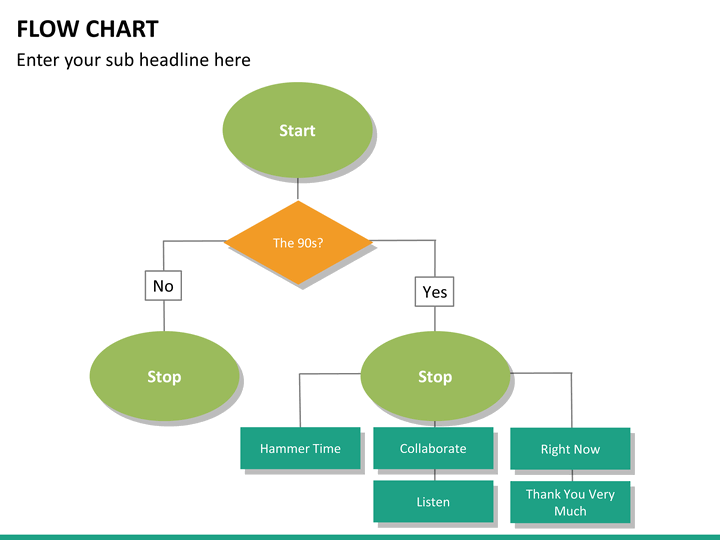

sort_values () hover_text = bubble_size = for index, row in df_2007. that have been noticed in my designs, were made a few years ago.Import aph_objects as go import plotly.express as px import pandas as pd import math # Load data, define hover text and bubble size data = px. These current blog posts are written in line with research, my experience and through consultations. ( NOTE: My designs were done before the establishing of Quif Studio. It is important that they are done before any sketches of the floor plan are made. The significance of bubble diagrams and functional flowchart cannot be over emphasized. In the design of a 5-star hotel, the functional flowchart was in 3D diagram showing how spaces interact on different levels (Fig. For example, in the design of a hospital, the bubble diagram was made to represent some sort of microorganism under a microscope (Fig. Nice sketches or details can be added to help make the diagrams more appealing or explanatory. It is important to be creative with your diagrams.

Zones and spaces in bubble diagrams and functional flow charts are peculiar to the nature of a project. 3: Bubble Diagram and Functional Flowchart The lines serve as circulation routes through the buildings. Like a flowchart, these spaces are represented in a diagram with lines connecting them. but it all depends on the nature of the design brief. There might be other spaces like a foyer, laundry room, a study, etc. In a residential design, the main spaces include the living room, dining room, kitchen, storage room, bedrooms and toilets. This usually gives an idea of how a floor plan would look like. This represents how spaces are connected with one another. 2: Spaces within ZonesĪ functional flowchart comes after the bubble diagram. These areas are grouped into public zones, private zones and services as shown below in fig 2. The main functions in a house include living areas, sleeping areas and supporting functions like cooking areas. The zones in the bubble diagram are derived through case studies and literature review. A buffer zone is also provided as a barrier from neighboring sites. The public zone and service zone is placed close to the most accessible part of the site, while the private zone is placed away from it. The third diagram shows how the bubble diagram has been developed within the proposed development area. This resulted in the zoning of the site showing the proposed area for development in the second diagram. In the first diagram, the site has been analyzed and discovered to have major sources of noise from the roads around the site. 1 shows an example of site for a residential design. Their positioning is however based on information from site analysis and site zoning. These zones/functions are obtained from case studies and literature review. The ideal chain of generating a floor plan starts with a bubble diagram, then a functional flowchart, and finally a rough sketch of the floor plan.Ī bubble diagram is derived from the main zones/functions in a building. However, architecture education sometimes differs from various parts of the world, therefore, we have bubble diagrams and functional flowcharts which are two different things. A simple google image search on bubble diagrams, you would realize that the bubble diagrams and functional flowcharts are practically the same thing. There are some similarities between a bubble diagram and a functional flowchart. A very common mistake made when dealing with functional flowcharts is that students usually generate the flowchart after they have completed the floor plan, while the flowchart is supposed to be done before the floor plan. This is like a rough sketch of a floor plan. A functional flowchart is also a freehand diagram which is drawn after the bubble diagram to generate main functions or spaces in the building, how they connect to each other and circulation routes in the building.


 0 kommentar(er)
0 kommentar(er)
